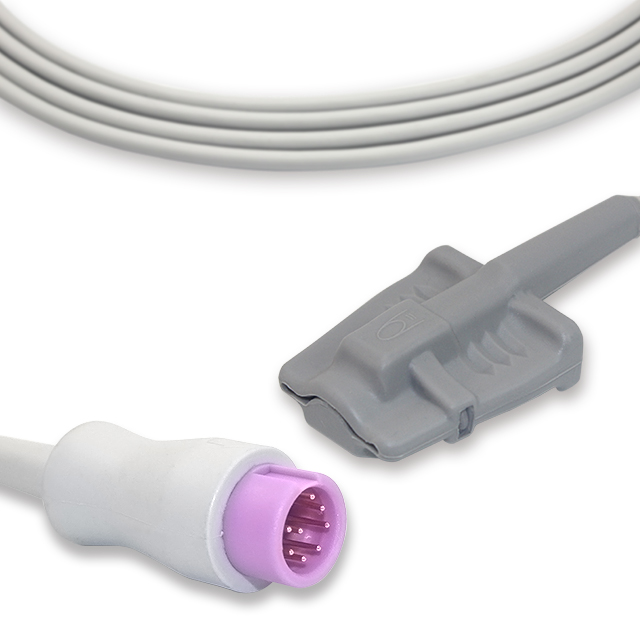How does the body maintain normal SpO2 levels? Maintaining normal blood oxygen saturation is essential to prevent hypoxia. Fortunately, the body usually does this on its own. The most important way for the body to maintain healthy SpO2 levels is through breathing. The lungs absorb the oxygen that has been inhaled and bind it to hemoglobin, and then hemoglobin is transmitted through the body together with oxygen. At high physiological stress (such as lifting weights or running) and higher altitudes, the body’s oxygen demand increases. As long as they are not too extreme, the body is usually able to adapt to these increases.

Measuring blood oxygen saturation
There are many ways to test blood to make sure it contains normal oxygen levels. The most common method is to use a pulse oximeter to measure SpO2 levels in the blood. Pulse oximeters are relatively easy to use and are common in medical institutions and families. Despite their low price, they are very accurate. To use the pulse oximeter, just place it on your finger. A percentage will be displayed on the screen. The percentage should be between 94% and 100%, which indicates that the hemoglobin that transports oxygen through the blood is at a healthy level. If it is less than 90%, you should see a doctor.
How does a pulse oximeter measure oxygen in the blood
The pulse oximeter uses a light sensor to record how much blood carries oxygen and how much blood does not carry oxygen. Oxygen-saturated hemoglobin looks brighter red to the naked eye than non-oxygen-saturated hemoglobin. This phenomenon enables the highly sensitive sensor of the pulse oximeter to detect small changes in the blood and convert them into readings.
There are several common symptoms of hypoxemia. The number and severity of these symptoms depend on the level of SpO2. Moderate hypoxemia can cause fatigue, dizziness, numbness, and a tingling sensation in the limbs and nausea. Beyond this point, hypoxemia usually becomes hypoxic.
Normal SpO2 levels are essential for maintaining the health of all tissues in the body. As mentioned earlier, hypoxemia is low oxygen saturation in the blood. Hypoxemia is directly related to hypoxia, which is the low oxygen saturation in human tissues. If the oxygen content is very low, hypoxemia usually leads to hypoxia, and it remains in this state. Deep purple-red is a good indicator of hypoxemia becoming hypoxic. However, it is not completely reliable. For example, people with darker skin will not have obvious purple osis. When hypoxia becomes more severe, purple yan syndrome usually fails to improve visibility. However, other symptoms of hypoxia do become more severe. Severe hypoxia can cause convulsions, confusion, hallucinations, pallor, irregular heartbeat and eventually death. Hypoxia usually produces a snowball effect, because once the process begins, it speeds up and the condition quickly becomes more serious. A good rule of thumb is that as soon as your skin starts to take on a bluish tint, you should seek help immediately.
Post time: Mar-10-2021

